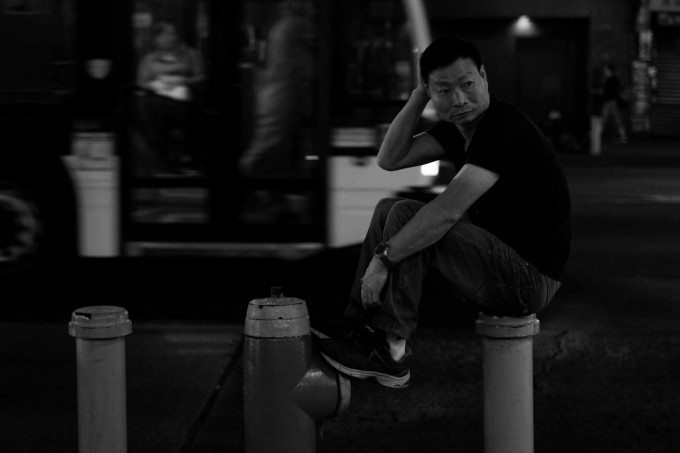
It would be wonderful if we had the best possible light for each shot at any time of day. For better or worse, the golden hour is just that–a period of beautiful light that happens once before dusk and once after dawn, providing there are ideal conditions. There will be occasions when you’re photographing at night, when you’ll only have street lights, neon signs, headlights and similarly limited light sources. It can be somewhat daunting, but here are some tips for photographing at night.
Use a Fast Lens
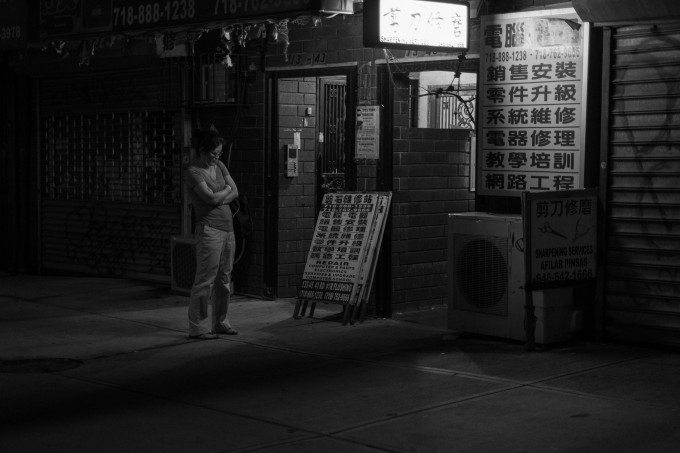
The less light there is, the wider you’ll need to open your lens. Anything above an f2.8 is too small an aperture to effectively work at night, and it’s best to stick with a prime lens, ideally a 50mm or wider. Working with a fast prime will help you get the most out of available light, and it’ll keep you focused on composition, as you’ll have a fixed frame to work with. If you need to adjust your distance, zoom with your legs. Working with a prime lens as opposed to a telephoto zoom will help you keep a low profile, as it’s best to go out with the least amount of gear possible.
Know the Area You’re Photographing In
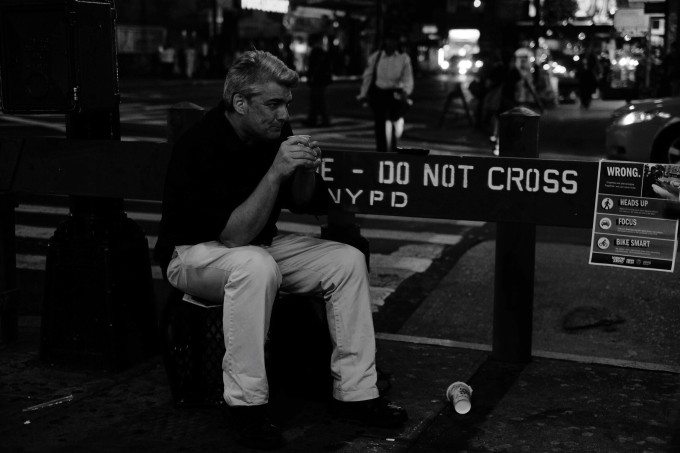
You should be aware of your surroundings at any time of day, but you should be doubly aware when you’re photographing at night. If you’re venturing into a new neighborhood, research the area beforehand. Get to know the good spots and the bad, and don’t be careless with your gear.
Make the Most of the Least Amount of Light
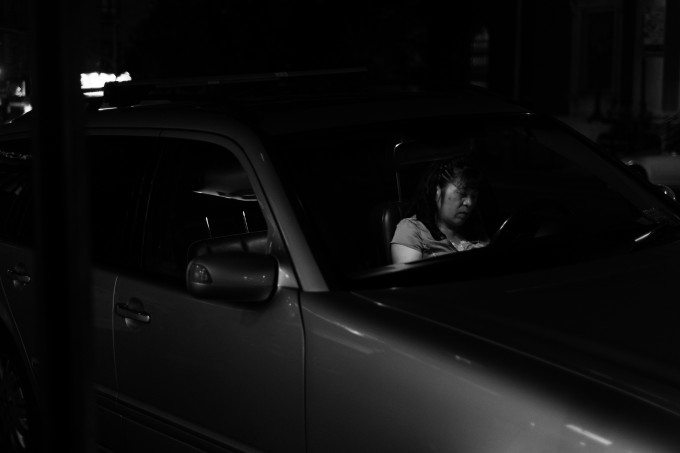
At night, there’s a good chance you’ll find some wholly unique lighting scenarios, which can make for some compelling photos. Whether you’re zone focusing, trusting your camera’s autofocus or trusting your eye, just be sure you make the shot. Even if it doesn’t come out the way you thought it would, it can serve as a reminder of the type of light to look out for the next time you go out at night with your camera.
Keep an Eye Out for Characters
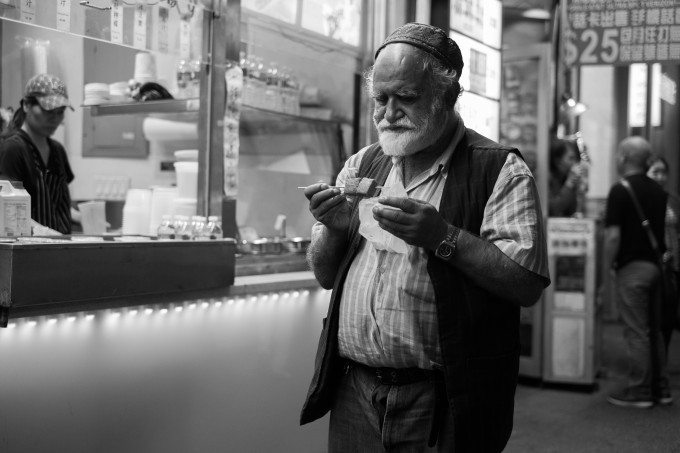
Pay close attention to the people around you when you’re out at night. When the sun goes down, you might find that there’s a different cast of characters, and with timing and a careful eye, you’ll capture at least a part of who they are. Observe body language and faces, and look for strong lines and shapes. A great character can make for a great photograph.

